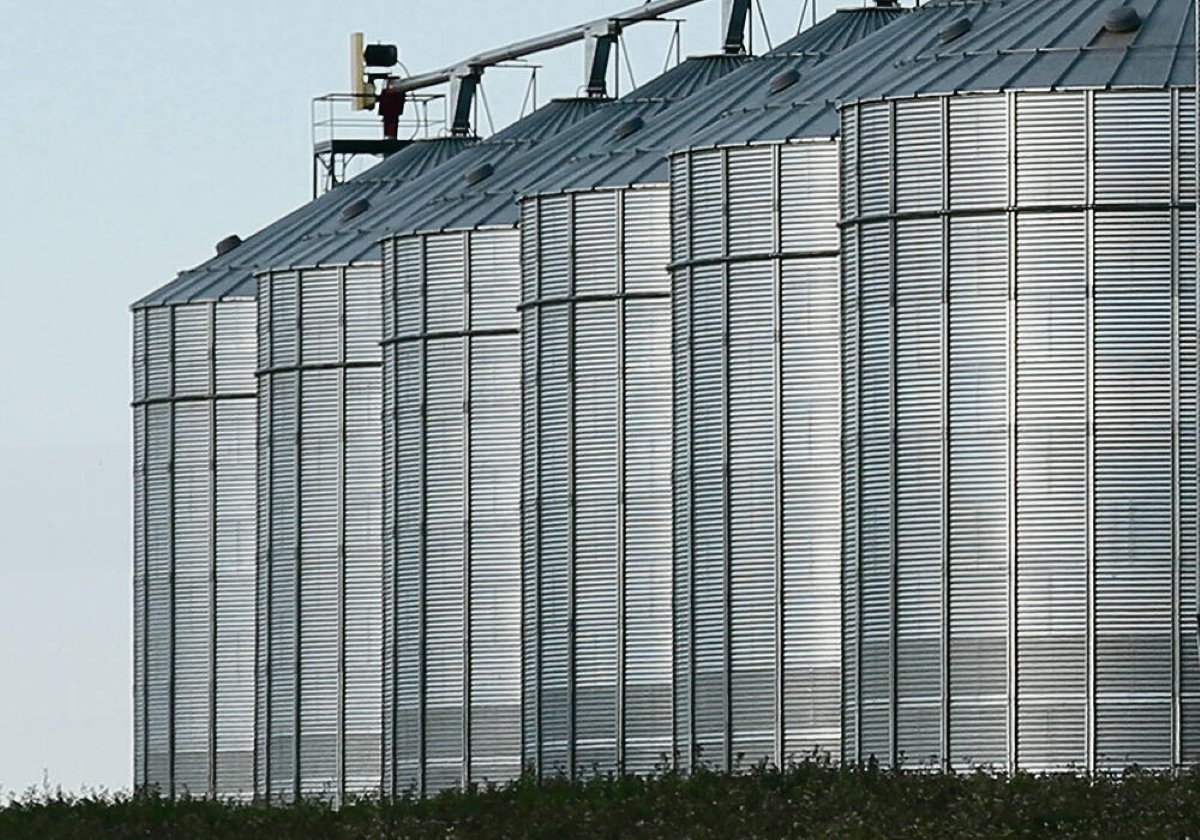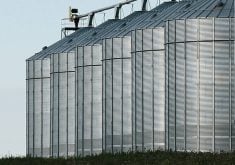Winnipeg, Aug. 1 (CNS Canada) – Hot and dry conditions cut into the yield potential and physical size of Canada’s chickpea crop, but the quality should be excellent and prices remain relatively strong.
“It’s anybody’s guess,” said Colin Young, of Midwest Grain Ltd. in Saskatchewan on the overall state of the chickpea crop. He said rainfall was “significantly below average” in most of the growing regions “and in some areas, virtually none.”
However, chickpeas handle drought better than other pulses, with roots drawing moisture from more than three feet into the ground.
Read Also

ADM cuts 2025 profit outlook on biofuel and trade uncertainty; shares tumble
Archer-Daniels-Midland cut its 2025 profit forecast for a third straight quarter on Tuesday as U.S. biofuel policy uncertainty and global trade disruptions pressured oilseed crush margins.
“It is not a crop failure in southern Saskatchewan. It’s a poor crop, but farmers will harvest something,” said Young.
Only 17 percent of the Saskatchewan chickpea crop was rated good-to-excellent in the latest weekly report, which compares with 76 per cent in the top two categories at the same time a year ago.
Canadian farmers seeded 135,000 acres to the crop in 2017, which compares with 160,000 the previous year. Agriculture Canada’s July supply and demadn report forecast production at 110,000 tonnes, which compares with 82,000 in 2016.
Young said yields were wide ranging, but would likely average in the “high teens to low twenties” (bushels per acre). Development is also wide ranging, with some fields ready to desiccate and others still flowering.
He expected the harvest would be earlier than normal, getting underway in about three weeks.
“In these conditions, it’s typical that the quality will be excellent, however the caliber will be much smaller than normal,” said Young.
Canada is a fringe player in the global market, which means outside factors will also have a role in the price direction.
The U.S. planted more chickpeas this year, but production won’t be up much due to drought issues in North Dakota and Montana, said Young.
Turkey’s crop is also smaller caliber, so they will need to import some larger caliber supplies.
Argentina increased acres, but is not expecting very good yields, while Australia is dealing with dry conditions.














